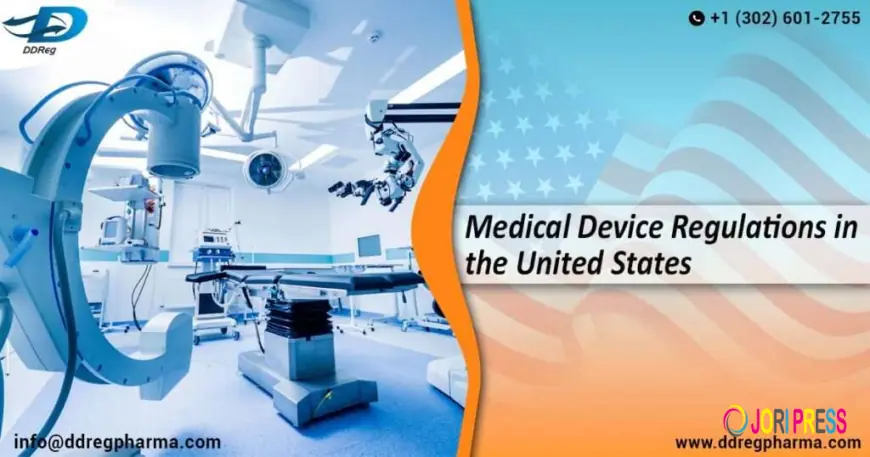DDReg Pharma: Navigating the U.S. Medical Device Regulatory Landscape
DDReg Pharma provides expert guidance on U.S. medical device regulations, simplifying the path to FDA compliance. We specialize in navigating the complex landscape of device classification (Class I, II, and III), premarket submissions like 510(k) and PMA, and the new Quality Management System Regulation (QMSR). Our end-to-end support helps manufacturers efficiently achieve market access, ensuring their devices are safe, effective, and fully compliant.

The U.S. medical device market is a global destination for innovation, yet it presents a formidable regulatory challenge for manufacturers seeking entry. At DDReg Pharma, we understand that successfully navigating this landscape requires a meticulous approach, starting with a clear comprehension of the U.S. Food and Drug Administration (FDA) framework. The FDA's mission to ensure device safety and efficacy has established a multi-layered system of classifications and controls. This process, while vital for public health, can be a complex journey for even the most experienced companies, demanding a strategic partner who can transform regulatory hurdles into a clear pathway to market success.
Central to the FDA's regulatory system is the classification of medical devices regulation in U.S.A into one of three classes: Class I, II, or III. This initial determination is paramount as it dictates the entire premarket pathway. Class I devices, representing the lowest risk, are primarily subject to General Controls, while Class II devices, posing a moderate risk, require additional Special Controls and often a Premarket Notification, known as a 510(k). For high-risk, life-sustaining Class III devices, the most rigorous pathway, Premarket Approval (PMA), is required. This tiered approach ensures that regulatory scrutiny is proportional to the potential risk a device poses to patient health, forming the bedrock of the FDA's oversight.
Beyond classification, the premarket submission pathways—the 510(k) and PMA—are the primary mechanisms for obtaining FDA clearance or approval. A 510(k) submission seeks to demonstrate that a new device is substantially equivalent to a legally marketed predicate device, simplifying the clearance process for many moderate-risk products. In contrast, a PMA requires extensive clinical and scientific evidence to prove the safety and effectiveness of a high-risk device, often necessitating comprehensive clinical trials. DDReg Pharma specializes in meticulously preparing these submissions, ensuring that every piece of evidence is robust and compelling, thereby increasing the likelihood of a timely approval and reducing the risk of costly rejections.
Ultimately, the U.S. regulatory environment is in a constant state of evolution, with recent changes like the harmonization of the Quality System Regulation (QSR) with ISO 13485:2016 into the new Quality Management System Regulation (QMSR). Staying ahead of these updates is crucial for maintaining compliance and securing market access. DDReg Pharma provides end-to-end support, from initial strategy development and classification to the final submission and post-market surveillance. By partnering with us, medical device manufacturers can confidently navigate these complexities, focusing on their core mission of innovation while we ensure their products meet the highest standards of safety, quality, and regulatory compliance.
What's Your Reaction?
 Like
0
Like
0
 Dislike
0
Dislike
0
 Love
0
Love
0
 Funny
0
Funny
0
 Angry
0
Angry
0
 Sad
0
Sad
0
 Wow
0
Wow
0


















































